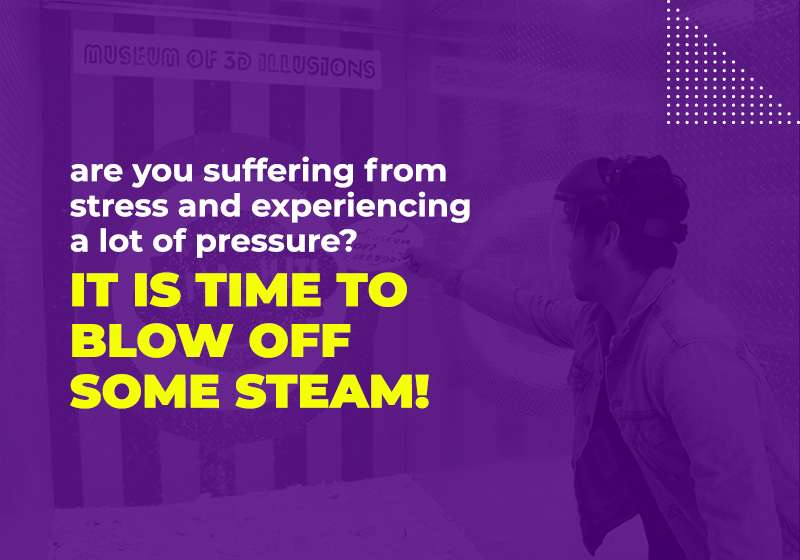
In the sprawling expanse of Golden Gate Park, the Murphy Windmill rises gracefully, echoing tales of a bygone era. In the early 20th century, San Francisco’s Golden Gate Park faced a pressing need for irrigation to transform its sandy expanse into the lush oasis envisioned by city planners. To address this, the Murphy Windmill was constructed in 1908, standing as a testament to innovative engineering and community spirit. Funded by philanthropist Samuel G. Murphy, this windmill was designed to harness the powerful Pacific winds to pump groundwater, providing a sustainable water source for the park’s burgeoning flora.
The Murphy Windmill’s impressive stature made it one of the largest windmills globally at its inception. Its sails, stretching nearly 114 feet, were capable of pumping up to 40,000 gallons of water per hour. This monumental capacity played a crucial role in the park’s development, enabling the transformation of arid sand dunes into verdant landscapes that San Franciscans and visitors continue to enjoy today.
Beyond its functional role, the windmill quickly became a beloved landmark. Its distinctive design and towering presence added a unique charm to the park’s western edge, symbolizing San Francisco’s commitment to blending utility with aesthetic appeal. For years, it stood as a beacon of progress and a source of local pride, drawing both residents and tourists to marvel at its grandeur.
Decline and Restoration Efforts
By 1913, technological advancements led to the introduction of electric pumps, rendering the wind-powered irrigation system obsolete. As a result, the Murphy Windmill’s blades gradually ceased turning, and the structure fell into neglect. Decades of exposure to the elements took their toll, and by the mid-20th century, the once-majestic windmill stood in a state of disrepair, its future uncertain.
Recognizing the historical and cultural significance of the windmill, dedicated preservationists initiated restoration efforts in the late 20th century. A comprehensive restoration project commenced in 2002, aiming to return the windmill to its former glory. This meticulous endeavor involved repairing the wooden sails, reinforcing the tower, and restoring the intricate mechanical components. After a decade of dedicated work, the restoration was completed in 2012, allowing the windmill to once again grace the San Francisco, CA, skyline.
Today, the Murphy Windmill stands not only as a functional structure but also as a symbol of San Francisco’s dedication to preserving its historical landmarks. Its restoration serves as a reminder of the community’s resilience and commitment to honoring the past while looking toward the future.
Visiting the Murphy Windmill Today
Nestled on the southwestern edge of Golden Gate Park, near the intersection of 48th Avenue and Lincoln Way, the Murphy Windmill invites visitors to step back in time and experience a piece of San Francisco, CA’s heritage. Its towering sails and sturdy structure offer a striking contrast against the backdrop of the park’s lush greenery and the nearby Pacific Ocean. The surrounding area provides ample space for picnics, leisurely strolls, and photography, making it a popular spot for both locals and tourists seeking a serene escape from the city’s hustle and bustle.
Adjacent to the windmill, the Millwright’s Cottage adds another layer of historical intrigue. This charming structure once housed the caretaker responsible for the windmill’s operation and maintenance. While the cottage is not currently open to the public, its exterior offers a glimpse into the lives of those who played a pivotal role in the windmill’s history. Plans for future restoration and potential public access are under consideration, reflecting the ongoing efforts to preserve and share San Francisco’s rich cultural heritage.
Exploring the Museum of 3D Illusions in San Francisco
After immersing yourself in the historical ambiance of the Murphy Windmill, consider venturing to another of San Francisco, CA’s unique attractions: the Museum of 3D Illusions. Located at 55-61 Jefferson Street, this interactive museum offers a contemporary twist on visual art, providing visitors with an opportunity to engage with mind-bending exhibits that challenge perception and ignite creativity.
The museum features over 40 hand-painted illusions designed to place visitors in fantastical scenarios. Imagine surfing massive waves, flying over the cityscape, or escaping from the jaws of a giant shark—all within the confines of the museum. Each exhibit is crafted to encourage interaction, allowing guests to become part of the art and capture memorable photos that defy reality. This immersive experience is suitable for all ages, making it a perfect destination for families, friends, or solo adventurers seeking a unique photo opportunity.
In addition to the visual illusions, the museum offers the “Smash It!” room, where visitors can release stress by smashing plates in a controlled environment. Participants are encouraged to write down their frustrations on a ceramic plate before hurling it against a wall, providing a therapeutic and exhilarating experience. This activity adds an unconventional yet entertaining dimension to the museum visit, ensuring that guests leave with not only captivating photos but also a sense of cathartic release.
FAQ
What can visitors experience at the Murphy Windmill and the Museum of 3D Illusions?
At the Murphy Windmill, guests can admire the beautifully restored structure, enjoy the surrounding greenery, and explore nearby walking trails. The Museum of 3D Illusions in San Francisco provides a completely different experience, where visitors can immerse themselves in interactive exhibits that create mind-bending, photo-friendly optical illusions.
How do I get to the Murphy Windmill and the Museum of 3D Illusions?
The Murphy Windmill is easily accessible via Golden Gate Park's pathways, with nearby public transportation options. The Museum of 3D Illusions is located at 55-61 Jefferson St., making it a convenient stop for those exploring San Francisco. Both attractions offer unique and engaging experiences that capture the city’s diverse appeal.


